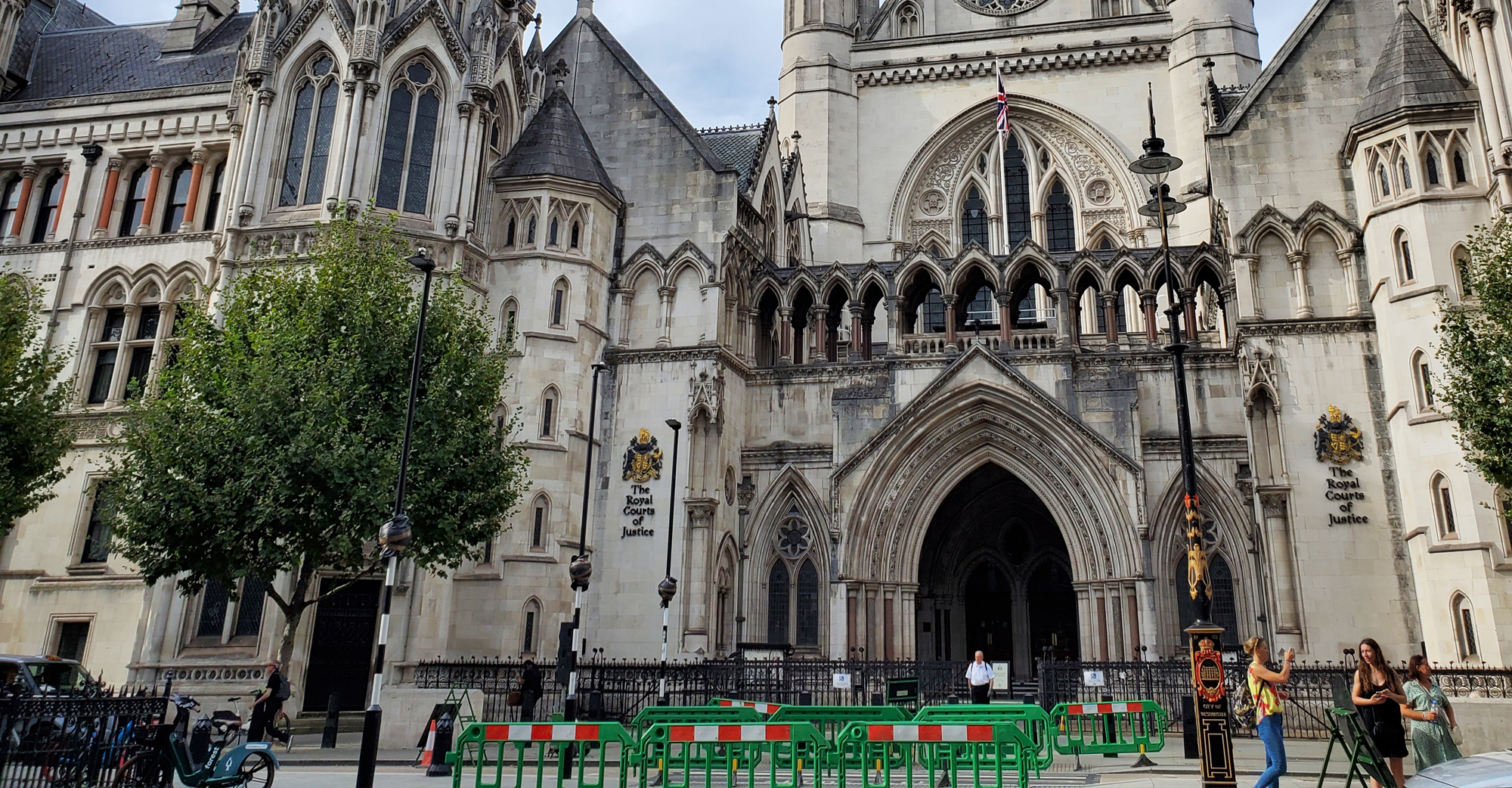What is kalsarikännit? How many wives did Henry VIII really have? These questions and more are addressed in Traveling Boy’s 26th installment of Global Travel Trivia Games. No one will see your answers except for you.
Global Trivia 26
You have multiple choices. An explanation and a reference comes after every question. There is no fixed order so you can choose from any of the boxes. The SHADED BOXES are what you already answered. Your final score is at the END. Don't hit REFRESH unless you want to start all over. This is part of a continuing series in Traveling Boy.
Start
Congratulations!
You have completed Global Trivia 26.

You scored %%SCORE%% out of a possible 5 points.
Your performance was: %%RATING%%
Your answers are highlighted below.
Question 1 |
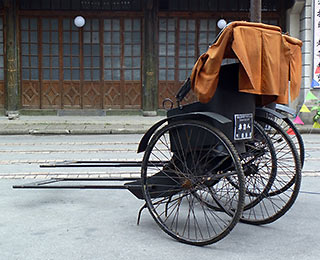
Did chairman Mao ban the use of rickshaws in Red China?
A | Yes |
B | No |
Question 1 :
A. Yes
A pulled rickshaw (ricksha, 力車, りきしゃ) is a mode of human-powered transport by which a runner draws a two-wheeled cart which seats one or two people. In recent times the use of human-powered rickshaws has been discouraged or outlawed in many countries due to concern for the welfare and low life expectancy rate of rickshaw workers. Chairman Mao outlawed rickshaws in Red China during his forty-year reign which he saw as a symbol of feudalism's "coolie culture" and one of the evils of capitalism. “A rickshaw puller is just like a starving and crazy beast. A human being should not be used like a horse. It is the deadliest occupation in the East, and the most degrading for human beings to pursue.” But a lot of the old evils are creeping back in China. Prostitution, drugs, begging and corrupt officials, all largely eradicated in Maoist China. And now the pulled rickshaw has returned, which serves as a reminder to elders of servitude to the rich, seen today as a cruel and embarrassing erosion of civilized ideals.
A pulled rickshaw (ricksha, 力車, りきしゃ) is a mode of human-powered transport by which a runner draws a two-wheeled cart which seats one or two people. In recent times the use of human-powered rickshaws has been discouraged or outlawed in many countries due to concern for the welfare and low life expectancy rate of rickshaw workers. Chairman Mao outlawed rickshaws in Red China during his forty-year reign which he saw as a symbol of feudalism's "coolie culture" and one of the evils of capitalism. “A rickshaw puller is just like a starving and crazy beast. A human being should not be used like a horse. It is the deadliest occupation in the East, and the most degrading for human beings to pursue.” But a lot of the old evils are creeping back in China. Prostitution, drugs, begging and corrupt officials, all largely eradicated in Maoist China. And now the pulled rickshaw has returned, which serves as a reminder to elders of servitude to the rich, seen today as a cruel and embarrassing erosion of civilized ideals.
Question 2 |

What does Finland’s tradition of “kalsarikännit” mean?
A | A Christmas Eve celebration |
B | The folkloric tradition of dressing like a reɪndɪər (reindeer) on solstice |
C | The game of who can last the longest in a maximum-heated sauna |
D | Getting drunk at home in your underwear |
E | The song “Silent Night” in Finnish |
Question 2 :
D. Getting drunk at home in your underwear
The Finns have a tradition of getting drunk at home in their underwear. It’s so commonplace there is a word for it, “kalsarikännit,” as well as two emojis: a man in gray underwear with pint of beer, and a woman in a polka-dot slip with a glass of red wine. In English, the rough translation is “pantsdrunk.” And if there was ever a time for pantsdrunk to become a trend in the world, it’s probably now, when people are self-isolating at home.
“I don’t always drink in my underwear, but when I do, I tell everyone it’s a Finnish tradition.” – Louis Virginia
The Finns have a tradition of getting drunk at home in their underwear. It’s so commonplace there is a word for it, “kalsarikännit,” as well as two emojis: a man in gray underwear with pint of beer, and a woman in a polka-dot slip with a glass of red wine. In English, the rough translation is “pantsdrunk.” And if there was ever a time for pantsdrunk to become a trend in the world, it’s probably now, when people are self-isolating at home.
“I don’t always drink in my underwear, but when I do, I tell everyone it’s a Finnish tradition.” – Louis Virginia
Question 3 |
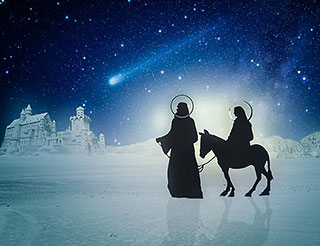
Speaking of “Silent Night,” name the nation where the song originated.
A | Austria |
B | Belgium |
C | Denmark |
D | France |
E | Great Britain |
Question 3 :
A. Austria
Silent Night ('Stille Nacht’) was written in six poetic verses by Austrian priest Joseph Mohr for his humble Mariapfarr parish in 1816. Mohr’s congregation was poverty-stricken, hungry and traumatized by the 12-year-long Napoleonic Wars. His poem was intended to convey hope that there was still a God. In 1817, Mohr transferred to the church of St. Nicholas in the town of Oberndorf, just south of Salzburg. He asked his friend Franz Xaver Gruber, a local schoolteacher and organist, to write the music for the six verses. Silent Night was first played at St. Nicholas Church in Oberndorf Salzburg, Austria in 1817. Its first performance in the US was in 1839 by the Rainer family, who sang at the Alexander Hamilton Monument outside New York City's Trinity Church.
The Christmas Truce (also known as “The Silent Night”) on December 24–25, 1914, was an impromptu cease-fire that occurred along the Western Front during World War I. The pause in fighting began with the troops on both sides started shouting Christmas greeting across No Man's Land. German troops continued with, "What about you singing Stille Nacht," as both armies were familiar with the song. This led to both sides emerging from the trenches and meeting in No Man’s Land to exchange gifts and play football.
Silent Night has been translated into at least 300 languages, designated by UNESCO in 2011 as a treasured item of Intangible Cultural Heritage, and arranged in endless musical styles, from heavy metal to gospel.. Even in its original German language it gained popularity in the States.
Silent Night ('Stille Nacht’) was written in six poetic verses by Austrian priest Joseph Mohr for his humble Mariapfarr parish in 1816. Mohr’s congregation was poverty-stricken, hungry and traumatized by the 12-year-long Napoleonic Wars. His poem was intended to convey hope that there was still a God. In 1817, Mohr transferred to the church of St. Nicholas in the town of Oberndorf, just south of Salzburg. He asked his friend Franz Xaver Gruber, a local schoolteacher and organist, to write the music for the six verses. Silent Night was first played at St. Nicholas Church in Oberndorf Salzburg, Austria in 1817. Its first performance in the US was in 1839 by the Rainer family, who sang at the Alexander Hamilton Monument outside New York City's Trinity Church.
The Christmas Truce (also known as “The Silent Night”) on December 24–25, 1914, was an impromptu cease-fire that occurred along the Western Front during World War I. The pause in fighting began with the troops on both sides started shouting Christmas greeting across No Man's Land. German troops continued with, "What about you singing Stille Nacht," as both armies were familiar with the song. This led to both sides emerging from the trenches and meeting in No Man’s Land to exchange gifts and play football.
Silent Night has been translated into at least 300 languages, designated by UNESCO in 2011 as a treasured item of Intangible Cultural Heritage, and arranged in endless musical styles, from heavy metal to gospel.. Even in its original German language it gained popularity in the States.
Question 4 |
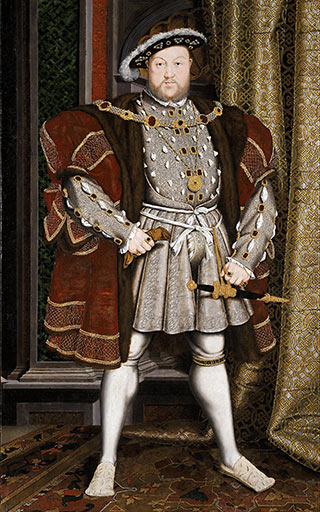
For many, Henry VIII is best known for his array of six wives. Name the woman who he didn’t marry.
A | Anne Boleyn |
B | Catherine of Aragon |
C | Catherine Howard |
D | Jane Seymour |
E | Mary I |
Question 4 :
E. Mary I
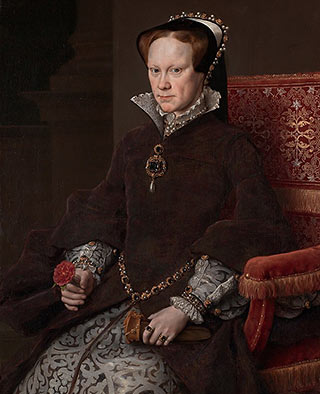
Mary I (1516 –1558), also known as Mary Tudor and Bloody Mary, was the only child of Henry VIII by his first wife, Catherine of Aragon, to survive to adulthood. She was the queen of England and Ireland July 1553 until her death. She is best known for her vigorous attempt to reverse the English Reformation, which had begun during the reign of her father Henry VIII. Her attempt to restore to the Church the property confiscated in the previous two reigns was largely thwarted by parliament, but during her five-year reign, Mary had over 280 religious dissenters burned at the stake, which led to her denunciation as "Bloody Mary" by her Protestant opponents. After Mary's death, her re-establishment of Roman Catholicism was reversed by her younger half-sister and successor, Elizabeth I.
Henry’s Six Wives Club
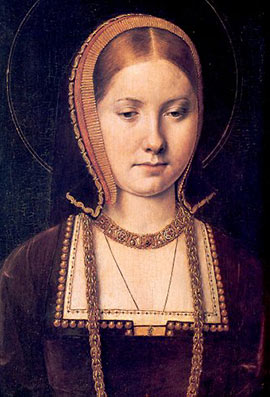
1. Catherine of Aragon (1485-1536): Demoted for Bearing No Son
Henry took the throne in 1509, at age 17. Six weeks later, he married Catherine of Aragon, daughter of King Ferdinand and Queen Isabella of Spain, and the widow of his elder brother, Arthur Tudor (1486 –1502). As the eldest son and heir apparent of Henry VII of England, Arthur Tudor died young. It was a custom in the Tudor Court for the younger brother to marry the wife of an older brother. From the moment young Henry took his nuptials, he obsessed over continuing the Tudor line. Of multiple pregnancies and several births, the only child to survive was Henry and Catherine’s daughter, Mary.
Read More about Henry VIII's 6 wives

Mary I (1516 –1558), also known as Mary Tudor and Bloody Mary, was the only child of Henry VIII by his first wife, Catherine of Aragon, to survive to adulthood. She was the queen of England and Ireland July 1553 until her death. She is best known for her vigorous attempt to reverse the English Reformation, which had begun during the reign of her father Henry VIII. Her attempt to restore to the Church the property confiscated in the previous two reigns was largely thwarted by parliament, but during her five-year reign, Mary had over 280 religious dissenters burned at the stake, which led to her denunciation as "Bloody Mary" by her Protestant opponents. After Mary's death, her re-establishment of Roman Catholicism was reversed by her younger half-sister and successor, Elizabeth I.
Henry’s Six Wives Club

1. Catherine of Aragon (1485-1536): Demoted for Bearing No Son
Henry took the throne in 1509, at age 17. Six weeks later, he married Catherine of Aragon, daughter of King Ferdinand and Queen Isabella of Spain, and the widow of his elder brother, Arthur Tudor (1486 –1502). As the eldest son and heir apparent of Henry VII of England, Arthur Tudor died young. It was a custom in the Tudor Court for the younger brother to marry the wife of an older brother. From the moment young Henry took his nuptials, he obsessed over continuing the Tudor line. Of multiple pregnancies and several births, the only child to survive was Henry and Catherine’s daughter, Mary.
Read More about Henry VIII's 6 wives
Question 5 |
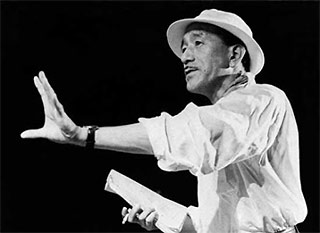
What is the most distinctive component of legendary of Japanese film director, Yasujiro Ozu’s camera-style?
A | The constant movement of the camera set on a dolly |
B | Hitchcock bird’s eye-angles |
C | The Tatami-style: A stationary low-angle shot |
D | The use of a telephoto lens on individual close-ups of actors |
E | Whip pans between characters speaking |
Question 5 :
C. The Tatami-style: A stationary low-angle shot
Yasujiro Ozu (1903 -1963) invented the "tatami shot,” in which the camera is placed at a low height, supposedly at the eye level of a person kneeling on a tatami mat. Actually, Ozu's camera is often even lower than that, only one or two feet off the ground, which necessitated the use of special tripods and raised sets. He chose the stationary low-angle Tatami-style shot, feeling that it best represented Japanese culture. Ozu’s narratives were dismissed as old fashioned by the Japanese press, but the style of his films are still considered ahead of their times, almost bordering on the avant-garde. Ozu’s camera seldom moved and there was no trickery in the frame or special effects in his method. Yet, his films were by no means simple. Film scholars at Britain’s Sight & Sound magazine generally list him among the ten greatest directors in their decade polls.
See photos of Yasujiro Ozu in action
Yasujiro Ozu (1903 -1963) invented the "tatami shot,” in which the camera is placed at a low height, supposedly at the eye level of a person kneeling on a tatami mat. Actually, Ozu's camera is often even lower than that, only one or two feet off the ground, which necessitated the use of special tripods and raised sets. He chose the stationary low-angle Tatami-style shot, feeling that it best represented Japanese culture. Ozu’s narratives were dismissed as old fashioned by the Japanese press, but the style of his films are still considered ahead of their times, almost bordering on the avant-garde. Ozu’s camera seldom moved and there was no trickery in the frame or special effects in his method. Yet, his films were by no means simple. Film scholars at Britain’s Sight & Sound magazine generally list him among the ten greatest directors in their decade polls.
See photos of Yasujiro Ozu in action
Once you are finished, click the button below. Any items you have not completed will be marked incorrect.
Get Results
There are 5 questions to complete.
You have completed
questions
question
Your score is
Correct
Wrong
Partial-Credit
You have not finished your quiz. If you leave this page, your progress will be lost.
Correct Answer
You Selected
Not Attempted
Final Score on Quiz
Attempted Questions Correct
Attempted Questions Wrong
Questions Not Attempted
Total Questions on Quiz
Question Details
Results
Date
Score
Hint
Time allowed
minutes
seconds
Time used
Answer Choice(s) Selected
Question Text
All done
Deplorable! You need to travel more! This is pathetic!
Deplorable! You need to travel more! This is pathetic!
Embarrassing! Keep trying! We know you're better than that. Play the game again.
Not that bad! But not good either. Play the game again.
Pretty good ... but not perfect.
Perfect! Are you brilliant traveler or what?
